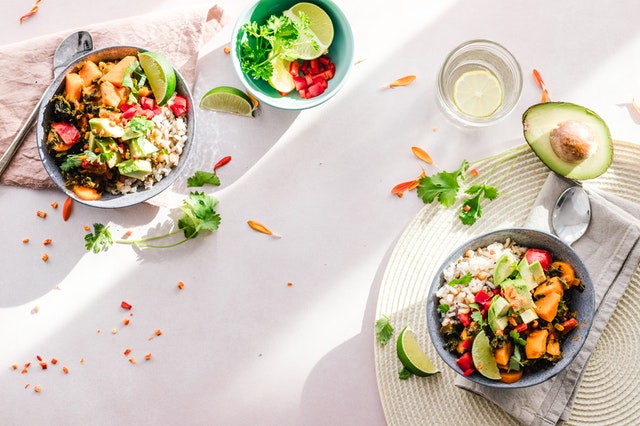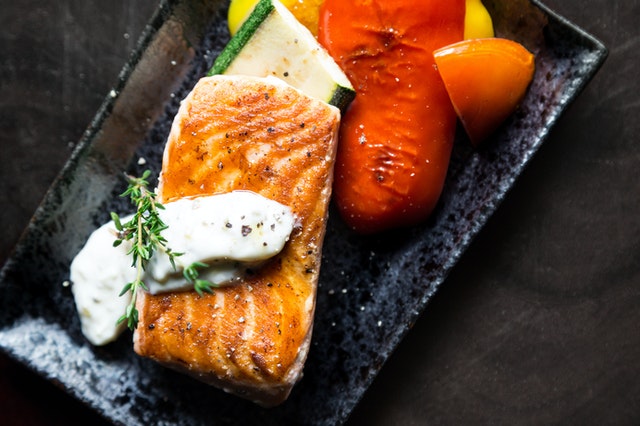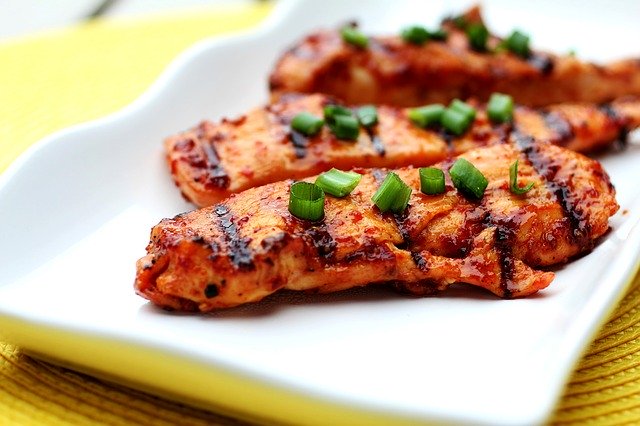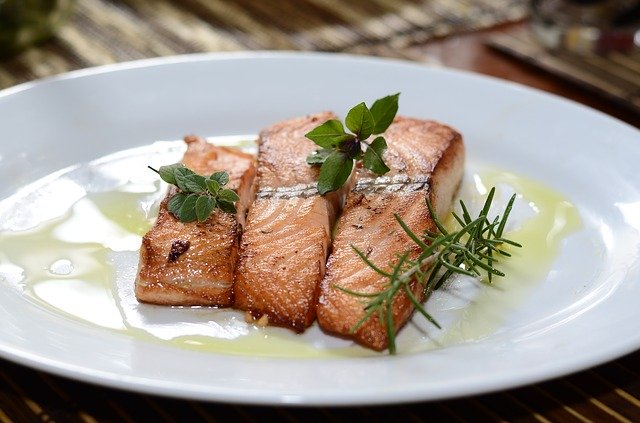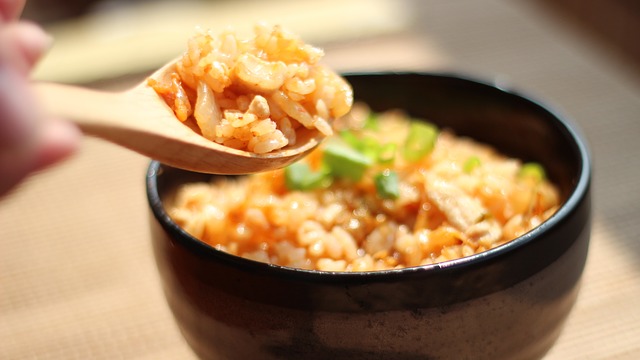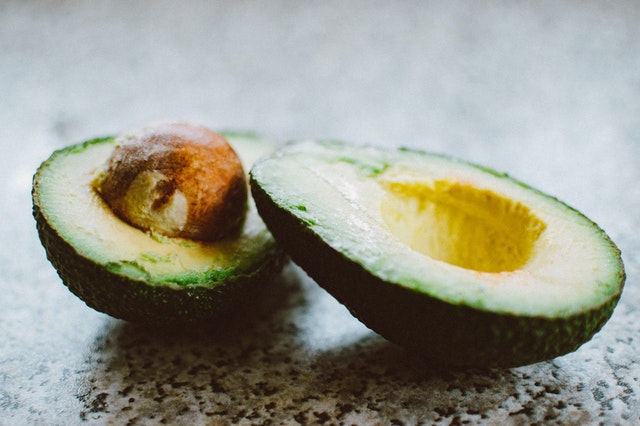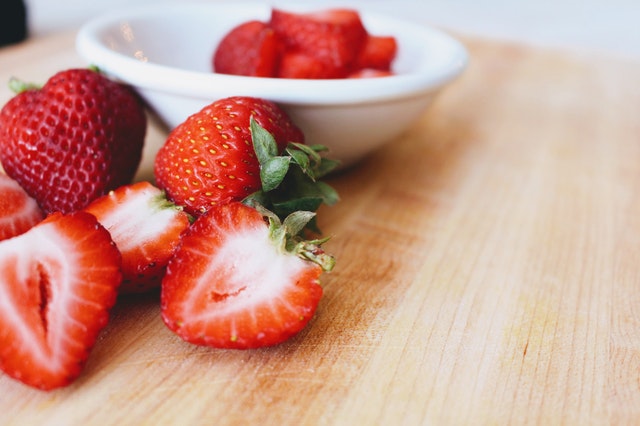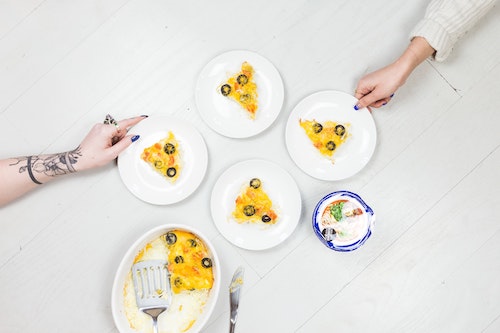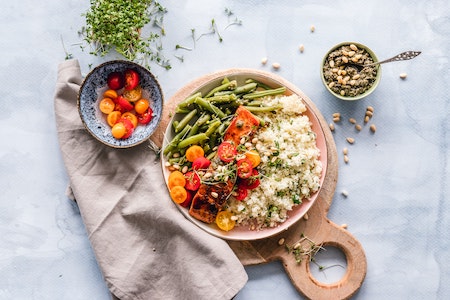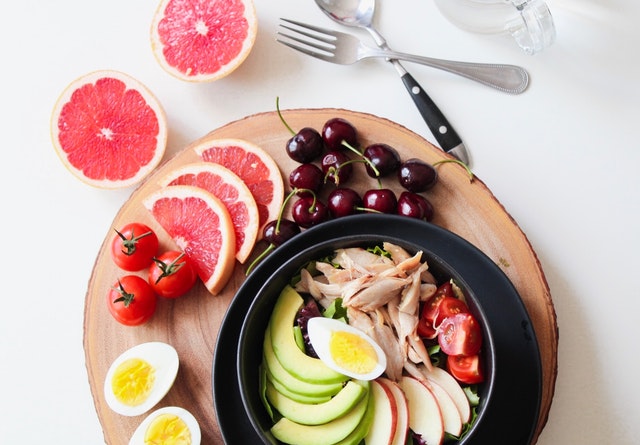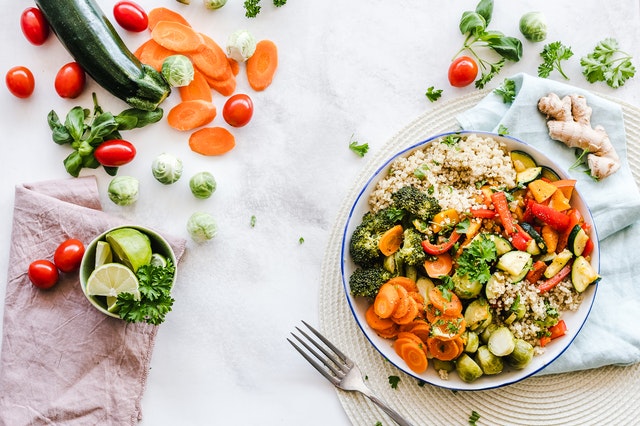To me, there’s nothing better than discovering natural health secrets that can make us working moms feel amazing. So, I decided to try the keto diet for 30 days. Does it really work? Here’s what happened to me.
How Much Weight Did I Lose?
I know this is what you’re dying to know, so let’s get this question out of the way first. Is keto as thrilling for weight loss as they say? I have to admit I was a little skeptical of the “lose 10 pounds in a week” claims. But, that’s exactly what happened to me!
Well, not exactly 10 pounds. I lost 8 pounds in my first week on keto. Over the next three weeks, my waistline kept dropping more and more. By the end of the month I had burned a stunning 15 pounds!
You’re looking at the happy owner of a size 12 dress size. I’m so proud! My goal is to hit a size 10 in another month or so. I have this sexy size-10 red dress that I’ve been saving in the back of my closet (and have since moved to the front of the closet to stay motivated) that I’m dying to slip into for ladies’ night.
What Are My New Favorite Keto Recipes?
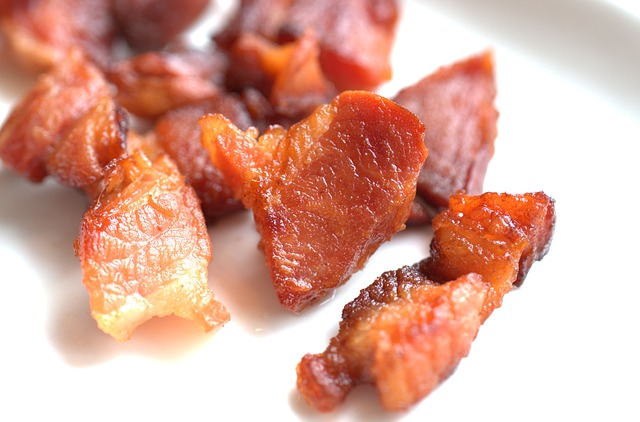
How did I manage to slash carbs, balance my protein intake and keep up with my calories? A LOT of bacon. Now, let me confess that I really had NO problem getting into that. Don’t tell anyone, but I love bacon, cheese and avocados, so that part was pretty easy!
Here are a few of my new favorite recipes for breakfast, lunch and dinner:
Breakfast: I have two breakfast favorites. One is keto granola with sesame seeds, coconut oil and flakes, chia seeds, almonds and cinnamon. It’s just toasty and yummy to the extreme. I also have a soft spot for bacon and egg cups with jalapeno slices, cheddar cheese, avocado and sour cream.
Lunch: My favorite option for a tasty lunch are spicy shrimp lettuce wraps (I eat a LOT of lettuce wraps for lunch). They have tasty shrimp with chipotle flakes, hot sauce, celery, blue cheese and romaine lettuce.
Dinner: For dinner, I try to plan meals that are easy to adapt to my kids. For example, keto mac’ and cheese basically replaces the macaroni with cauliflower and adds bacon on top. So, I make half a dish with the pasta noodles for them, and the other half with cauliflower for me.
If I need a shot of energy when I’m working, smoothies are awesome. My fave is a coconut milk smoothie with mint leaves and blackberries.
What About the Keto Flu?
I had heard a lot about the dreaded “keto flu” that makes you feel lethargic, tired and irritable. But I also found some tips from other keto warrior women like me. They recommended drinking lots of water and adding extra sodium and potassium (electrolytes) to my diet. I did that and didn’t notice any big energy or mood problems at all.
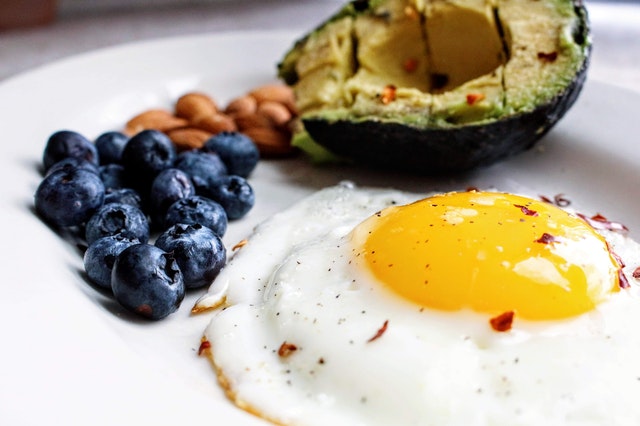
What Are My Biggest Takeaways and Recommendations?
I think the biggest thing that has helped me to get so many benefits from keto is that I did my research before starting. I learned about the biggest obstacles, made my grocery list, planned my meals and went to town. That’s what I would recommend for everyone interested in keto.

